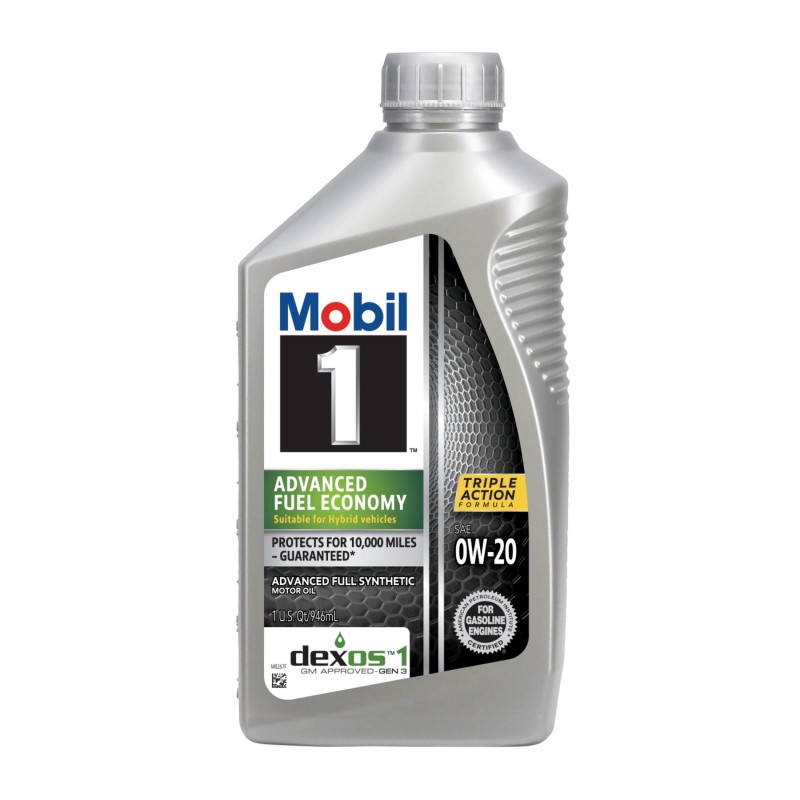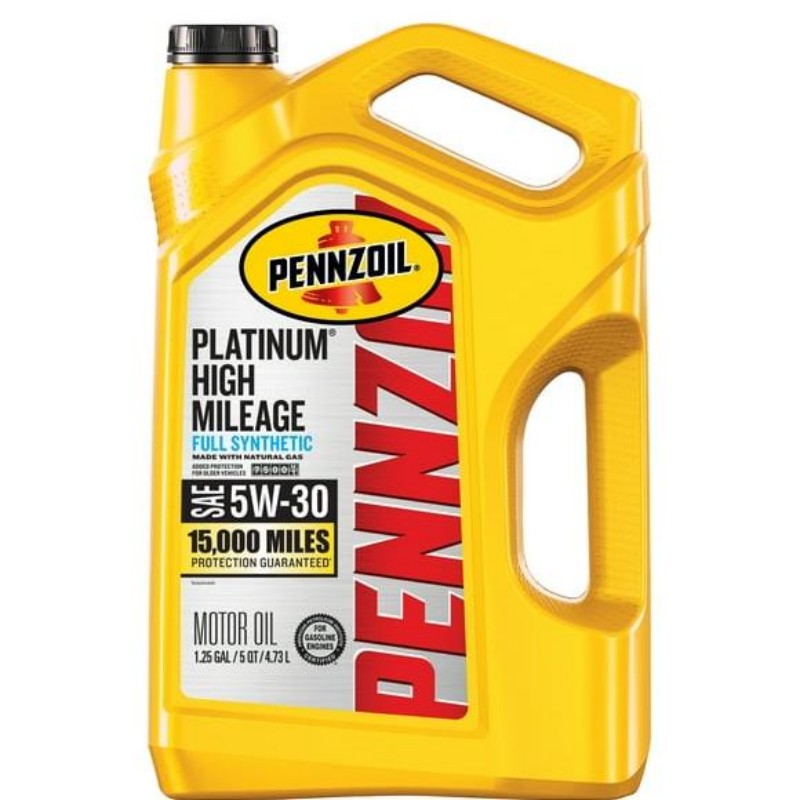Cub Cadet is a well-respected name in lawn care and garden machinery, widely recognized for producing robust and efficient outdoor equipment. Among the essential components that contribute to the overall performance of Cub Cadet machines is the engine, particularly those powered by Kohler engines. Knowing the correct oil capacity for these engines is critical for ensuring optimal performance and longevity. The right amount of oil prevents excessive wear and ensures that the engine operates smoothly. In this article, we will explore the topic of Cub Cadet Kohler engine oil capacity in detail, covering its importance, how to check it, recommended oils, and best practices for oil maintenance to ensure your engine runs efficiently.
The Importance of Engine Oil Capacity
Why Engine Oil Matters
Engine oil plays a crucial role in the overall functionality and health of a Kohler engine. It serves several primary purposes, including:
- Lubrication: Oil reduces friction between moving parts, minimizing wear and tear on the engine components.
- Cooling: As the engine operates, it produces heat. The oil helps dissipate this heat, protecting the engine from overheating.
- Cleaning: Engine oil contains detergents that help suspend contaminants, preventing harmful sludge buildup and promoting cleanliness within the engine.
- Sealing: Oil works to create a seal between the piston rings and the cylinder walls, enhancing compression and improving efficiency.
Consequences of Incorrect Oil Capacity
Using the wrong oil capacity can lead to serious engine problems.
- Underfilling: If the oil level is too low, it can result in inadequate lubrication, which leads to premature wear and tear, potential overheating, and engine damage.
- Overfilling: Excess oil can cause pressure to build up in the engine, potentially leading to leaks and other mechanical issues.
Being aware of the proper oil capacity specific to your Cub Cadet Kohler engine will help minimize risks associated with improper oil levels and enhance your engine’s longevity.
Checking Your Cub Cadet Kohler Engine Oil Capacity
Gathering the Necessary Tools
Before you start checking the oil capacity, gather the necessary tools:
- Dipstick or Oil Level Gauge: Most engines come with a dipstick to check the oil level.
- Wrench Set: You may need a wrench to remove any oil caps.
- Funnel: If adding oil, use a funnel to minimize spills.
- Container: To catch any old oil if you need to change it.
Locating the Oil Dipstick
To check your oil capacity effectively, follow these steps:
- Turn Off the Engine: Ensure that the engine is completely off and has cooled down. Hot oil can be dangerous to handle.
- Find the Dipstick: Open the hood of your Cub Cadet equipment and locate the oil fill cap and dipstick. This is usually marked for easy identification.
Checking the Oil Level
- Remove the Dipstick: Pull the dipstick out gently and wipe it clean with a cloth.
- Reinsert the Dipstick: Dip it back into the tube, ensuring it goes all the way down, and then remove it again.
- Inspect the Level: Check the oil level indicated on the dipstick. There are usually markings for “Full” and “Add” that will help you determine if you need to add oil.
Understanding the Capacity Specifications
Every engine has a specific oil capacity, typically noted in the owner’s manual. For most Cub Cadet Kohler engines, capacity can range from 1.5 to 3.5 quarts. Knowing the exact amount required for your engine ensures you can maintain optimal oil levels.
Recommended Oil Types for Cub Cadet Kohler Engines
Choosing the Right Oil
Selecting the correct type of oil is as important as knowing the capacity. You will generally have two main types to consider:
- Conventional Oil: A traditional oil that provides standard protection and is enough for most applications.
- Synthetic Oil: Offers better performance in extreme temperatures and conditions, providing superior lubrication and Engine protection.
Viscosity Ratings
Viscosity refers to the thickness of the oil and how well it can flow at different temperatures. For Cub Cadet Kohler engines, a common viscosity rating recommended is 10W-30 or 5W-30. It’s essential to check your owner’s manual to verify the recommended viscosity for the specific engine model.
Environmental Considerations
When selecting engine oil, consider the climate in which you operate your equipment. Different oils perform better in various temperatures, impacting the efficiency and performance of your engine. For instance:
- In colder climates, a lower viscosity oil (like 5W-30) is often recommended.
- In warmer conditions, a higher viscosity oil (like 10W-30) may offer better protection.
Best Practices for Engine Oil Maintenance
Regular Oil Checks
Regularly checking your oil level helps maintain sufficient lubrication. Make it a routine to inspect the oil levels approximately every few uses or monthly, depending on how frequently you use your equipment.
Changing the Oil
Regular oil changes are essential for maintaining the health of your Kohler engine. Typically, follow these recommended intervals:
- Frequency: Change oil every 50 to 100 hours of operation or at the beginning of each season, whichever comes first.
- Procedure:
- Drain the old oil by removing the oil drain plug.
- Replace the drain plug and refill with the appropriate fresh oil.
- Run the engine for a few minutes, then check the oil level again.
Keeping the Oil Filter Clean
The oil filter plays an important role in maintaining oil cleanliness. Check the filtration system and replace the oil filter whenever you change the oil. This ensures superior filtration and keeps contaminants out of the engine.
Storing Oil Properly
If you purchase oil in bulk or have leftover oil after a change, store it correctly. Use airtight, clean containers and keep them out of extreme temperatures. This preserves the oil’s integrity and ensures it remains effective when used.
Troubleshooting Common Oil-Related Issues
Low Oil Pressure
If you notice a drop in oil pressure, this could signal an issue within your engine.
- Symptoms: Look for warning lights on the dashboard, unusual noises from the engine, or smoke from the exhaust.
- Possible Causes: This might occur due to low oil levels, a faulty oil pump, or a clogged oil filter. Check the oil levels first and address any leaks if present.
Oil Leaks
Oil leaks can happen for several reasons, and it’s vital to address them promptly.
- Identify the Source: Check gaskets, seals, and connections around the engine.
- Maintenance Checks: Regular inspections will help you spot these issues before they result in significant damage.
Dirty Oil
If the oil appears dark, gritty, or has an unusual smell, it may be time for an oil change. Contaminated oil can severely affect engine performance.
Advanced Maintenance Strategies for Enhanced Engine Performance
Utilizing Technology for Diagnostics
Implementing technology can signal early warning indicators about your engine’s health.
- OBD-II Scanners: These devices can provide real-time data reflecting engine performance, allowing you to detect potential issues before they escalate.
- Compression Testing Kits: These kits allow you to measure compression across the engine cylinders, helping you identify leaks or issues with valve seats.
- Oil Analysis: By utilizing oil analysis services, you can determine the health of your engine by analyzing the wear particles and contaminants within the oil.
Engine Tune-Ups
Regular tune-ups significantly contribute to optimal engine functioning. Consider implementing these practices:
-
Fuel System Cleaners: Periodic use of fuel system cleaners helps remove deposits from injectors and combustion chambers, promoting cleaner burning and better performance.
- Air Filter Replacement: Ensuring that air filters remain clean improves airflow, enhancing combustion efficiency and engine performance.
- Spark Plug Maintenance: Regularly inspecting and replacing spark plugs ensures that the engine runs smoothly with optimal combustion.
Trends in Women’s Linen Fashion
Casual Chic
Linen shirts can effortlessly transition from casual to chic. Pairing a linen shirt with tailored shorts and sandals creates a fresh summer look, while wearing it with wide-leg trousers and statement accessories elevates it for brunches or outings.
Layering
As seasons change, linen remains versatile for layering. During cooler months, layering a linen shirt beneath a sweater or jacket adds depth without overwhelming the look. This strategy allows for comfortable wear while showcasing the natural texture of linen.
Patterns and Prints
Linen shirts come in a variety of patterns—from classic stripes to bold florals—adding personality to any wardrobe. Embracing patterned linen can not only make outfits lively but also highlight originality and style.
Integration into Workwear
Professionals increasingly turn to linen shirts as comfortable yet polished options for work attire. The breathable fabric keeps you cool and composed, while tailored designs ensure that you look the part in business environments.
Conclusion
Knowing where Mastercraft tires are made can significantly enhance your understanding of your vehicle’s performance and longevity. In the same vein, understanding the valve seat technique ensures optimal engine efficiency and durability. Proper oil management is crucial for maintaining engines, especially in vehicles like those using Cub Cadet Kohler engines. Ensuring the appropriate oil type and regularly checking oil levels can enhance engine performance and longevity.
Furthermore, the step-by-step techniques discussed can aid not just in maintaining the engine but also in addressing potential issues that may arise. Ultimately, maintaining the correct oil level, changing the oil responsibly, and adhering to the recommended capacity can make all the difference in how well your engine runs over time. By taking the necessary proactive measures, you can protect your investment, ensuring that your vehicle operates smoothly for years to come.
Tags: automotive maintenance, cub cadet kohler engine oil capacity, engine care tips, tire manufacturing insights